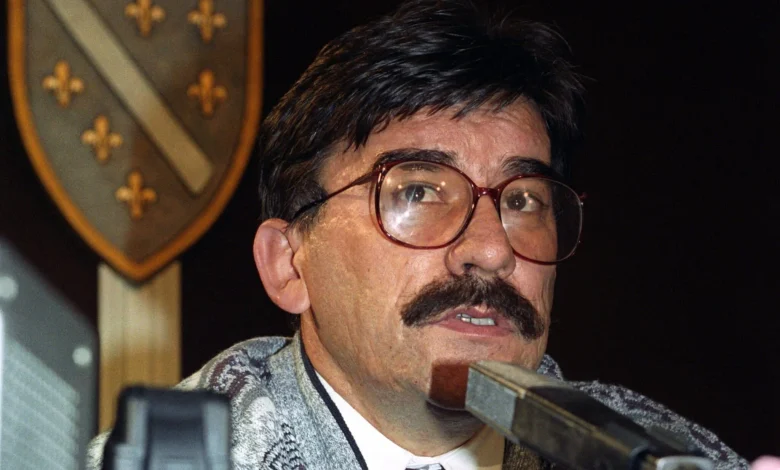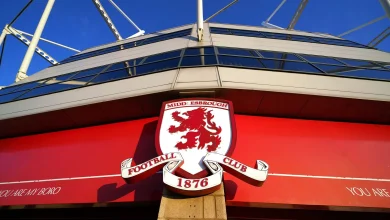Dayton’s Decades: The ‘Temporary’ Deal That Still Defines Bosnia

Some 100,000 people had died in the war by the time the Dayton negotiations began on November 1, 1995. More than two million people had been driven from their homes amid widespread reports of war crimes and atrocities.
Only a few months earlier, Bosnian Serb forces had overrun the designated United Nations safe haven of Srebrenica in eastern Bosnia, killing some 8,000 Bosniak men and boys in massacres that multiple court rulings since have classified as genocide.
In July 1995, Bosnian Serb political leader Radovan Karadzic and military commander Ratko Mladic were indicted by the Hague-based International Criminal Tribunal for the former Yugoslavia on charges of genocide and crimes against humanity, but even then, said, Lazovic, “we did not know the exact scale of the crimes committed in Srebrenica or in Prijedor”.
“We had information coming in, but the true scale was still unknown,” he said.
Lazovic was part of the multiethnic Bosnian government delegation headed by then president Alija Izetbegovic.
The Bosniak-Croat Federation was already in place, founded as a result of a truce between Bosniak and Croat forces in 1994, but the status of the predominantly Serb-populated Republika Srpska – self-proclaimed in 1992 and ‘cleansed’ of non-Serbs by force – was a matter of fierce dispute.
“The first problem we had among our delegation is that we saw that Republika Srpska is being created as an entity,” 71-year-old Lazovic told BIRN in an interview.
Lazovic said two days were spent arguing just over the name of the Serb-controlled entity, but Holbrooke, shuttling between the Bosnian, Serbian and Croatian delegations inside the Wright-Patterson Air Force Base, said the focus should be on the central state.
“Holbrooke came and said that this is a done deal, there are two entities, and that we have to find a way to agree on greater authority for the central state so the state of Bosnia and Herzegovina could function,” Lazovic said.
Izetbegovic, he recalled, “said we have to listen to what Holbrooke says”.
There was dispute too over the status of Sarajevo, which the Bosnian Serbs, having besieged the capital for three and a half years from the surrounding hills, were loath to give up.
Lazovic said that Slobodan Milosevic, who as leader of Serbia had armed and financed Serb forces in Bosnia and Croatia, quickly sidelined the Bosnian Serbs, “and over the next 20 days he was the one to come to our pavilion to talk to Izetbegovic”, to such a degree that the Bosnian president ended up asking that Milosevic stop turning up announced.
In the end, Sarajevo was declared capital of Bosnia and Herzegovina and administratively part of the Bosniak and Croat Federation.
Gorazde, in the east, and Brcko, in the northeast, were also sticking points; the Serb side wanted everything east of the Drina river, including Gorazde, but in the end it remained in the Federation, while the status of Brcko was decided years later, in 1999, with the creation of the autonomous Brcko District, neither part of Republika Srpska nor the Federation.





